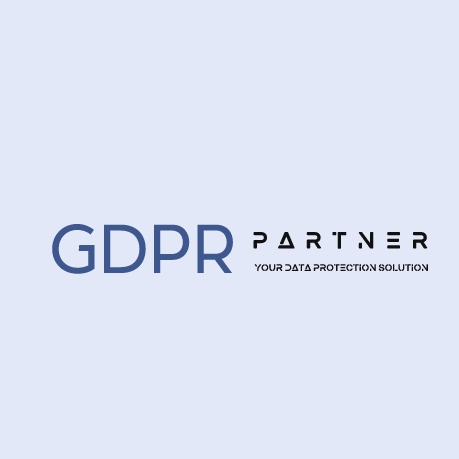5 key steps to achieve gdpr compliance
The General Data Protection Regulation (GDPR) has set a new standard for data protection and privacy in the European Union. Compliance with GDPR is not just a legal necessity but also a testament to your commitment to data security and privacy. In this post, we will walk you through five essential steps to ensure your organization is GDPR compliant.
Understanding GDPR and Its Importance
The GDPR is a comprehensive data protection law that came into effect on May 25, 2018. It applies to all organizations operating within the EU and those outside the EU that offer goods or services to, or monitor the behavior of, EU data subjects. The regulation emphasizes transparency, security, and accountability by data controllers, while giving individuals more control over their personal data.
Non-compliance with GDPR can lead to severe penalties, including fines of up to 4% of annual global turnover or €20 million (whichever is greater). Beyond the financial implications, non-compliance can damage your reputation and erode customer trust. For SMEs, legal firms, healthcare providers, and educational institutions, GDPR compliance is crucial for maintaining integrity and securing customer loyalty.
Step 1: Conduct a Data Audit
Begin by cataloging the personal data you collect, process, and store. Understand the nature of the data, the purpose of data collection, and who has access to it. This step is fundamental in establishing a clear data inventory that is essential for compliance.
Map out how data moves through your organization. This will help you to identify any risks or vulnerabilities in your data processing activities and is a critical component of your GDPR compliance strategy.
Step 2: Review and Update Data Protection Policies
Your privacy policy should be clear, concise, and easily accessible. It must outline how you collect, use, and protect personal data. Ensure that it is compliant with GDPR requirements and reflects your current data processing practices.
Assess and improve your data protection measures. This includes securing data against unauthorized access, ensuring data accuracy, and implementing appropriate data retention policies.
Step 3: Train Your Staff
It is vital that all staff members understand the principles of GDPR and how they apply to their specific roles. Develop a comprehensive training program that covers data protection laws, company policies, and procedures for handling personal data.
Regular training and updates are necessary to keep staff informed about new data protection laws and practices. This ongoing education helps to prevent data breaches and ensures continuous compliance.
Step 4: Establish Data Subject Rights Procedures
Establish clear procedures for responding to data subjects' requests to access their personal data. This includes verifying the identity of the requester and providing the data in a timely manner.
Implement processes to comply with requests for data erasure under the right to be forgotten. This involves determining when data can be deleted and ensuring it is removed from all systems.
Step 5: Regularly Monitor and Update Compliance Measures
Regularly evaluate your data processing activities to identify and mitigate risks. Data Protection Impact Assessments (DPIAs) are a key tool in this process and are required for processing that is likely to result in a high risk to individuals' rights and freedoms.
The GDPR is an evolving regulation, and staying informed about updates is crucial. Subscribe to regulatory updates, attend relevant workshops, and consult with legal experts to ensure ongoing compliance.






Comments (0)